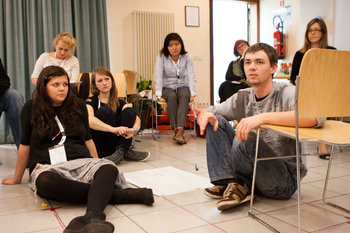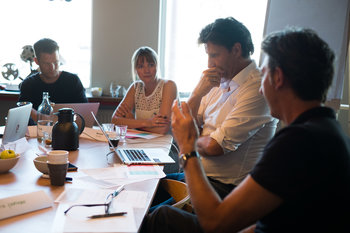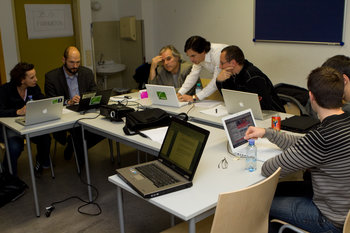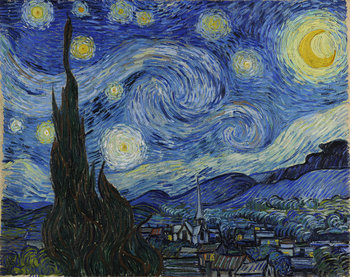Target userIdentify the target user. | User rolesIdentify user roles such as different ways a service is used. |
DemographicsIdentify user demographics such as age groups that use a product. | PsychographicsIdentify user psychographics such as attitudes and interests. |
SegmentationIdentify groups of users that you will analyze. | InterviewsInterview users. |
SurveysUse surveys to measure the user experience. | Focus GroupsInterview users as a group. |
Lead UsersDevelop relationships with advanced users who know your product. | PersonasIf you can’t meet real users, create fictional known as personas. |
Feedback analysisAnalyze sources of feedback such as reviews. | Scenario analysisIdentify situations users encounter with a product or service. |
Task analysisAnalyze how users accomplish tasks using a product or service. | Use casesSimple diagrams or descriptions that capture how users interact with a product. |
User storiesNarratives that describe user interactions. | Point pointsSpecific problems faced by users. |
Journey mapDocument the end-to-end user experience. | User needsWhat do users need? |
User goalsWhat are users trying to accomplish? | User motivationWhat drives the user’s behavior? |
User expectationsWhat do users expect from products and services? | User perceptionsHow do users perceive products, services, interfaces and variables such as colors? |
User behaviorPatterns of behavior in using a product or service. | User cultureAnalyzing the culture surrounding products and services e.g. safety culture for using tools. |
PrototypingPrototype products or elements of products such as a user interface. | Usability testingTest designs with users to determine if they are pleasing and productive to use. |
User requirementsDevelop requirements for products and services based on user analysis. |
 |
A-Z | Popular | Blog | UX | Search » |



























